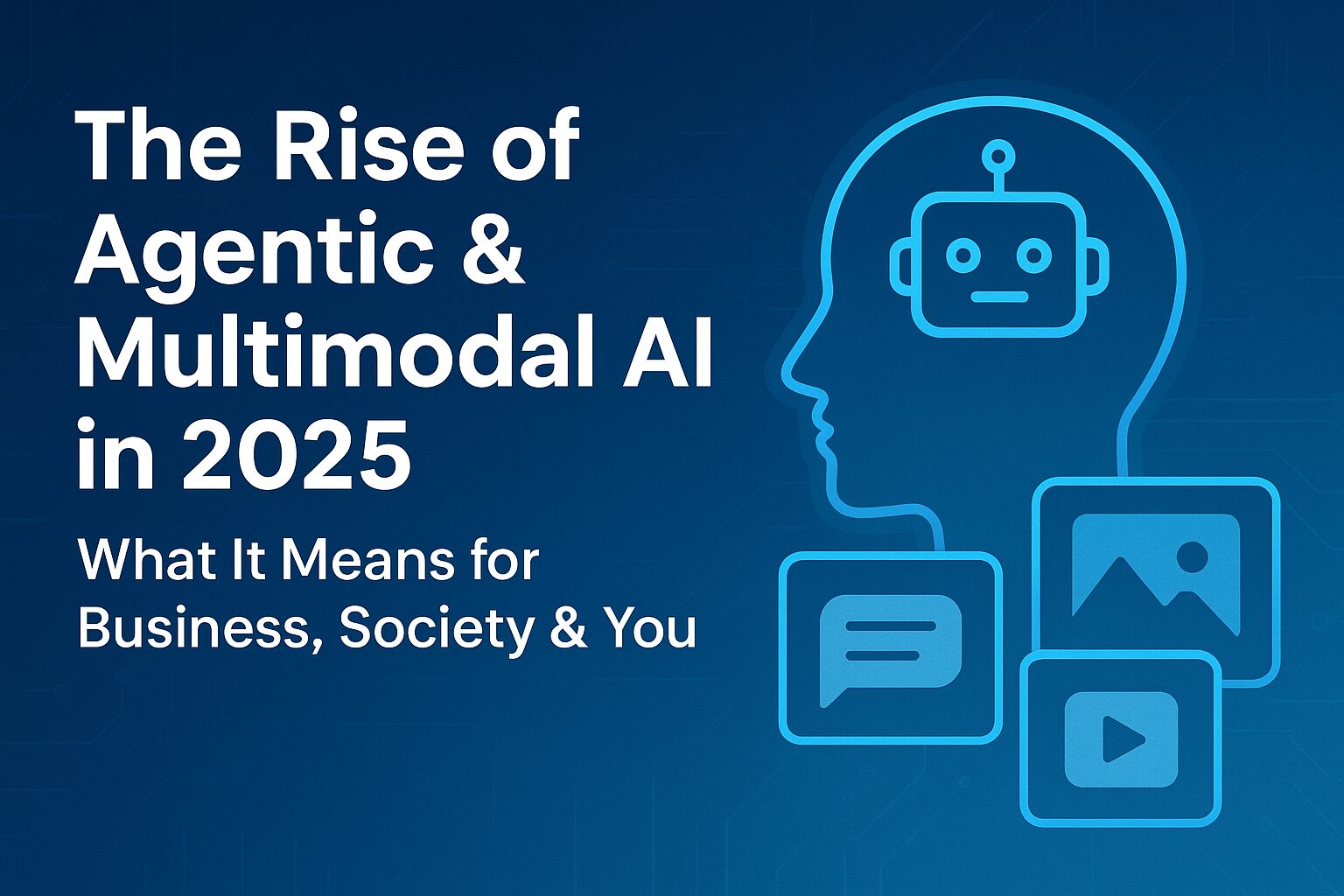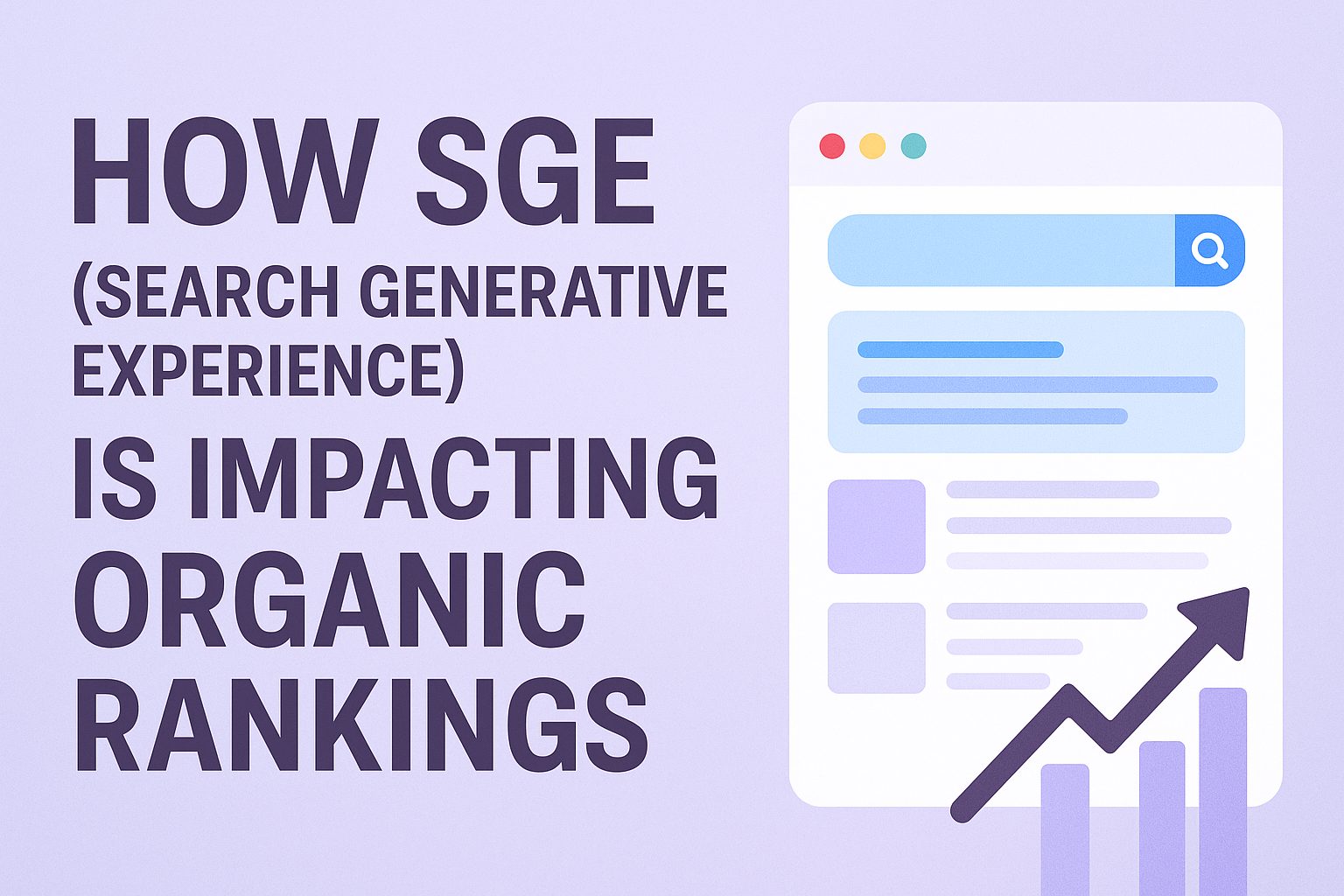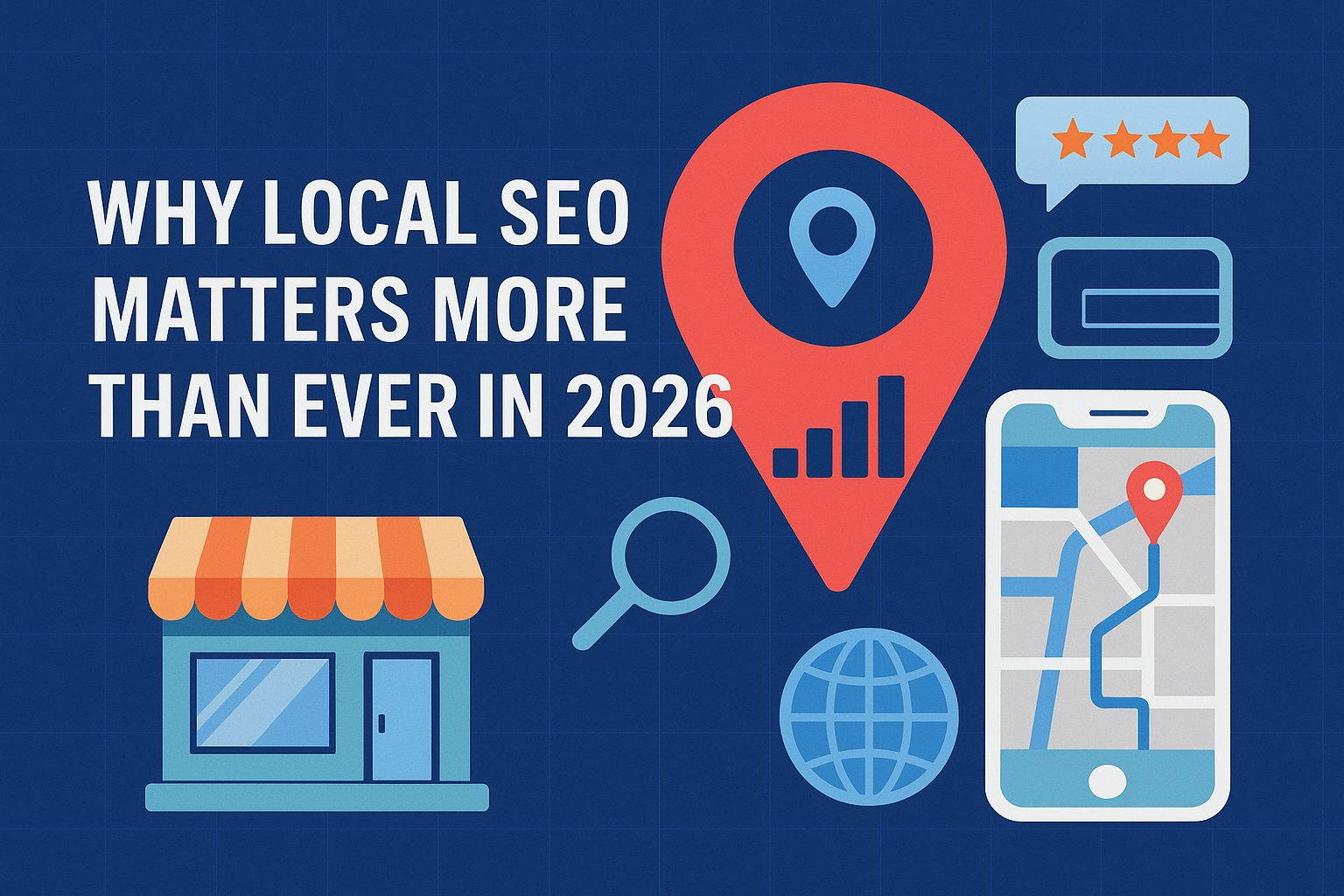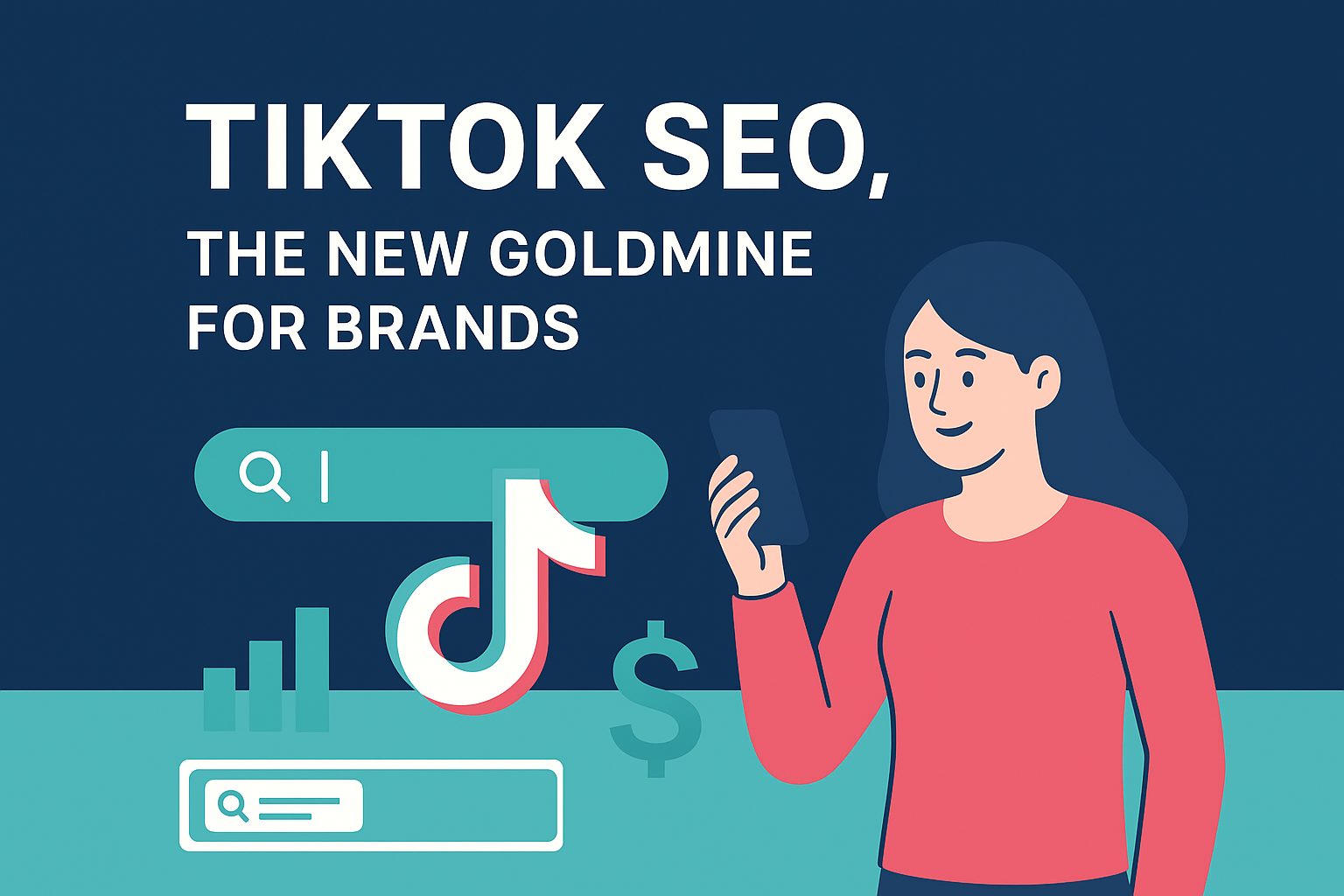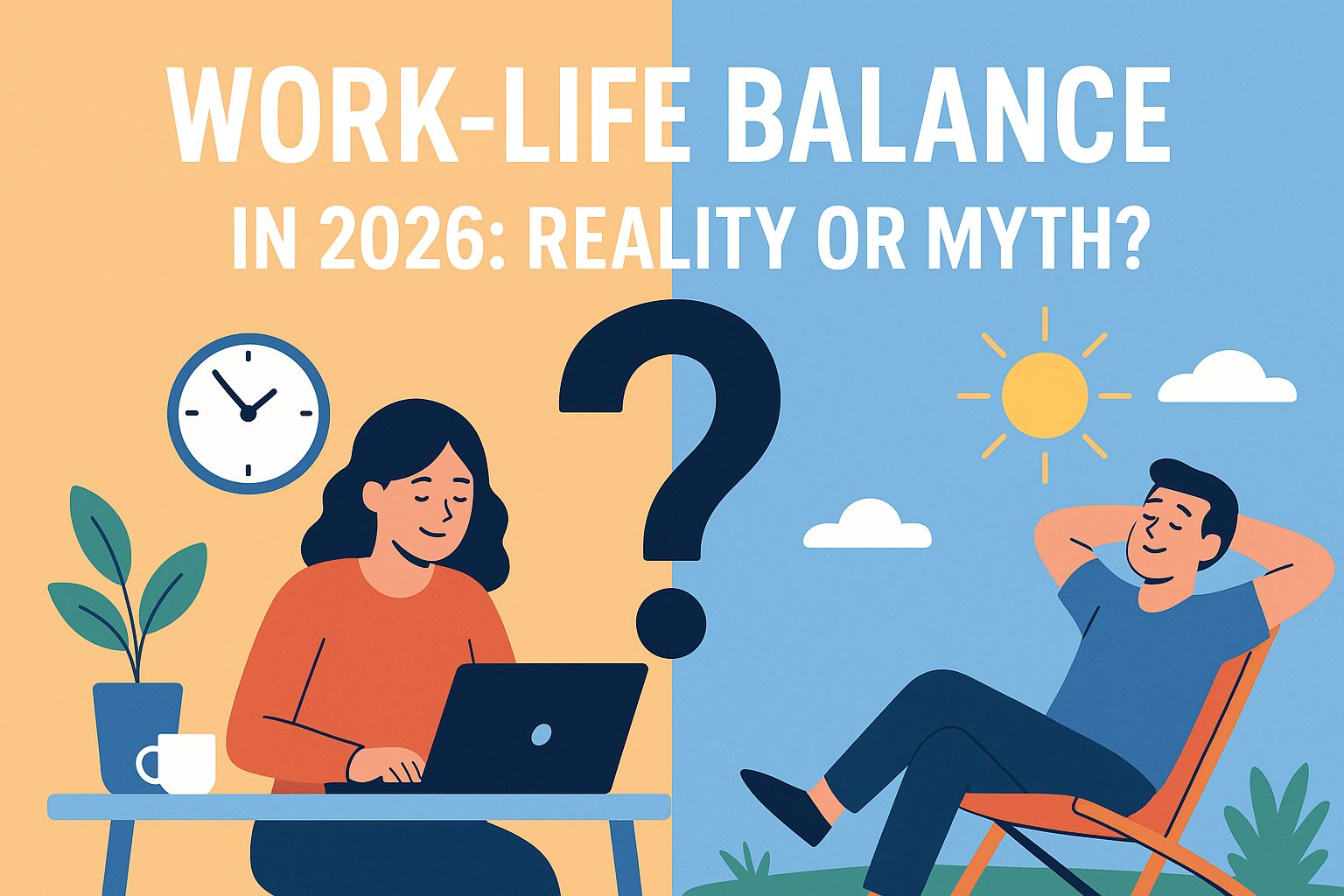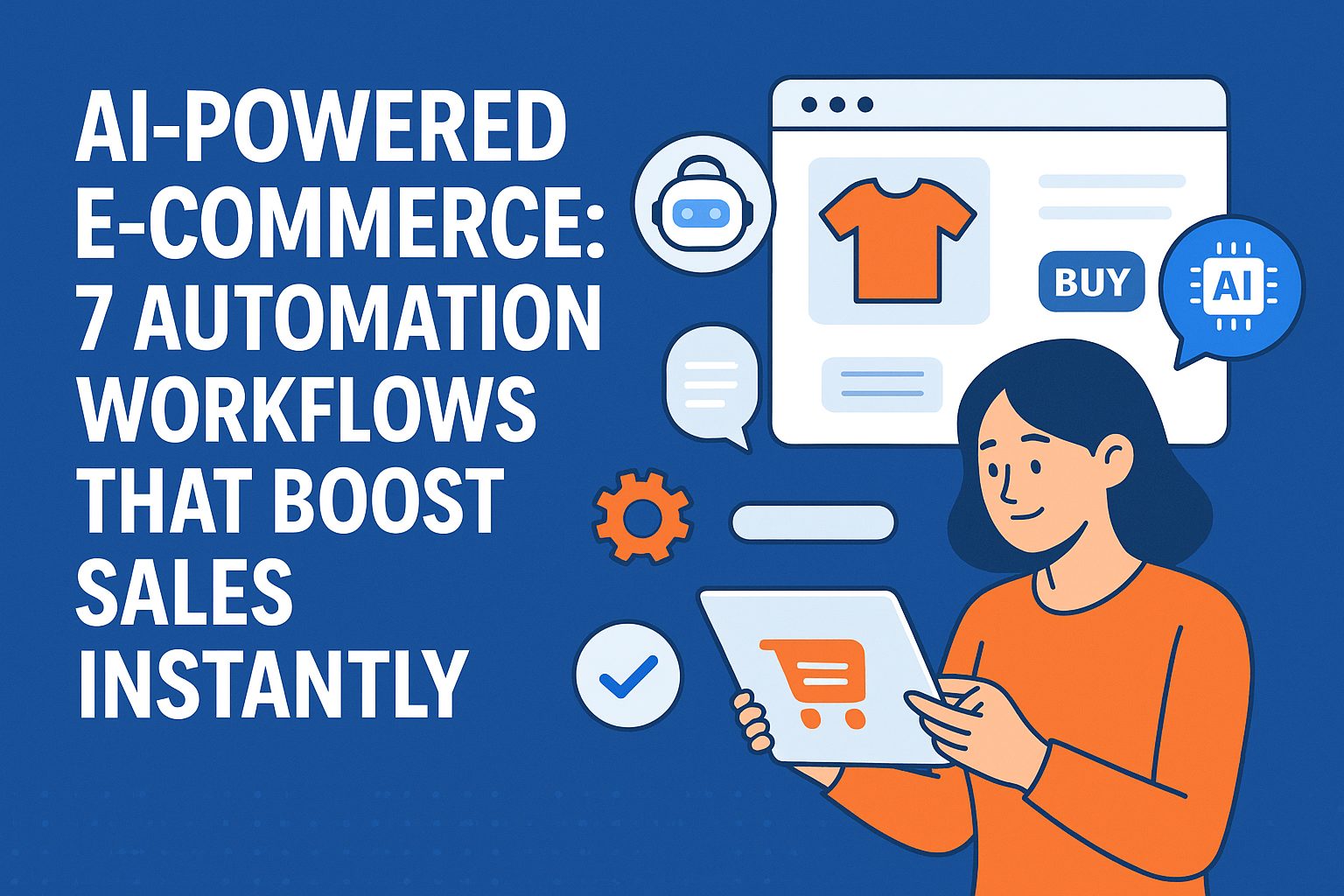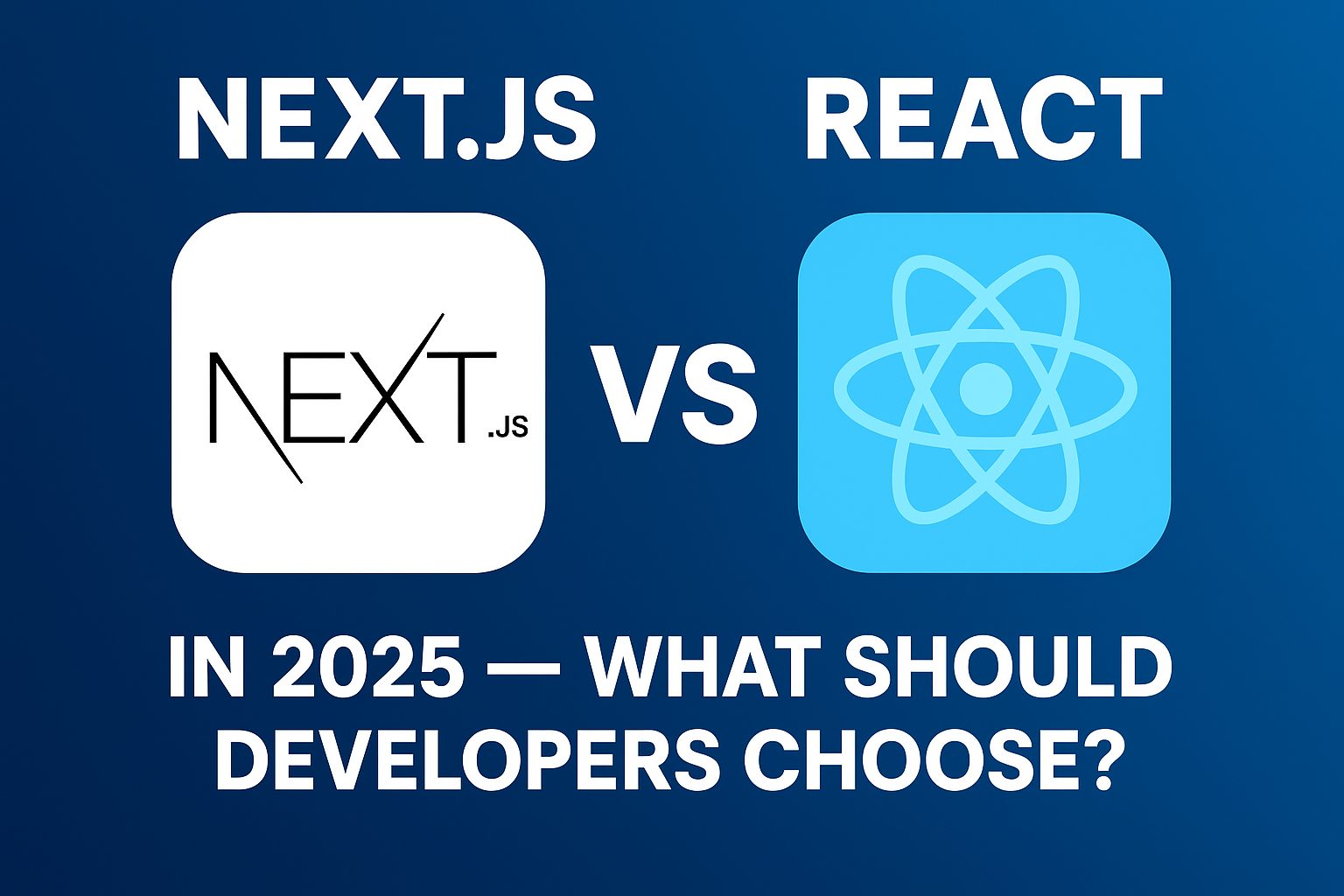Artificial intelligence has entered a phase where it’s no longer just about generating text or images—it’s about taking action, reasoning over multiple modalities (text, image, audio, video), and acting autonomously. In 2025, two interconnected phenomena are dominating the AI discourse: agentic AI and multimodal intelligence. Together they are pushing the boundaries of what machines can do, and raising profound implications for business, society and individuals.
What is agentic & multimodal AI?
- Multimodal AI refers to systems that understand, process and generate across multiple types of data: text, images, audio, video—and increasingly sensors and real-world data.
- Agentic AI goes further: these are AI systems that don’t just respond, but plan, take steps, coordinate tools and deliver outcomes with minimal human oversight.
In simple terms: imagine asking a digital assistant not only to answer your question but to send emails, schedule tasks, pull in data from diverse sources, pick images or videos, and embed them into a final output. That’s the move into agentic, multimodal capability.
Why it matters now
There are several converging factors making this phenomenon critical in 2025:
- Tech readiness – Large language models (LLMs) and foundational models are now being extended into vision, audio, video and tool-usage, meaning multimodal becomes standard rather than niche.
- Business demand – Companies are seeking AI not just for chatbots, but for full workflows: automations, decision-making, coordination. Agentic systems promise real productivity gains.
- Edge & device systems – On-device (or near-device) AI is increasing: reducing latency, improving privacy, and enabling multimodal “in the wild” use-cases (e.g., smartphones, wearables, IoT).
- Regulation & ethics pressure – As AI gets more powerful, more autonomous and blends into “real-world acting”, governance, safety and ethical frameworks must keep up.
Impacts across fields
Business & enterprise: Companies that adopt agentic, multimodal AI will have advantages in automating complex tasks—such as end-to-end workflow automation, tool orchestration, decision support across visual/audio/text inputs. For example: customer-service bots that read video + text + audio and then schedule, execute tasks, contact suppliers, follow up. The bar is shifting from “AI that answers” to “AI that does”.
Creators & media: Content generation is being enriched by multimodal AI. Rather than just text generation, creatives are seeing AI generate video, audio, animations, translate and localize content all in one flow. This opens new creative frontiers—but also intensifies royalty/data/rights debates.
Jobs & workforce: On the one hand: new roles (prompt engineers, AI workflow designers, multimodal interface specialists). On the other: many traditional roles (simple automation, single-modality tasks) will be disrupted. Skill sets must evolve.
Ethics, regulation & trust: Agentic AI raises deeper questions. If an AI takes actions that impact people—makes decisions, schedules resources, executes trades—who is accountable? How transparent are those decisions? With multimodal AI, the “ground truth” becomes fuzzier (video + audio + text). Hence the regulatory push.
Individuals & society: The experience of interacting with machines is shifting. It will be less “type a question, get text answer” and more “give a project goal, machine executes across data types and actions”. This raises both excitement (productivity gains) and concerns (loss of control, oversight, bias, privacy).
Key opportunities & risks
Opportunities
- Organisations that master agentic & multimodal AI early can leapfrog: higher automation, faster innovation, better personalization.
- Creators & SMEs can leverage lower-cost access: multimodal AI lets small teams act like large studios.
- For emerging economies (including Pakistan, Pakistan region): if infrastructure and skills align, there’s a chance to leap-frog older tech models.
Risks - Autonomy without oversight: If AI takes actions, errors or biases become more impactful.
- Data/training transparency: Multimodal training especially may use vast mixed datasets—raises copyright, privacy, provenance issues.
- Job displacement & skill mismatch: As the machine side becomes “agentic”, many human-mediated tasks may shrink.
- Concentration of power: Only a few companies may control multimodal agentic AI stacks—raising competition and equity issues.
What should you do if you’re a creator, business or developer?
- Upskill: Learn about multimodal tools (text+image+audio/video) and orchestration of AI workflows.
- Experiment with agentic pipelines: Try building small automations that coordinate multiple parts (data ingestion, multimodal input, output generation, task orchestration).
- Ethics at the core: From day one include transparency, bias-checking, audit logs, human-in-the-loop options—especially for systems that take action.
- Leverage your domain: If you have domain expertise (e.g., local market in Pakistan, Faisalabad region, textiles, or whatever your field is), layer that on top of agentic multimodal AI so the AI acts within your niche.
- Prepare for change: For organisations, plan for evolving roles, process redesign (humans + AI agents working together). For individuals, be ready to adapt, reskill and shift to higher-order tasks.
Final thoughts
The move to agentic, multimodal AI in 2025 marks a watershed: AI isn’t just smarter, it’s more capable, more autonomous and more embedded in workflows. For you—whether you are building an AI chat assistant for your business (like your work with MK CODEX), creating content, or managing teams—this means the opportunity to upgrade what “AI” can do for you. But it also means more responsibility: observing ethics, managing autonomy, and ensuring human-centric design.
In short: the future of AI is no longer just “assist me” — it’s “act for me, across text/image/audio/video, coordinating tools and workflows”. Embrace it, prepare for it—and lay the groundwork today to leverage it tomorrow.

